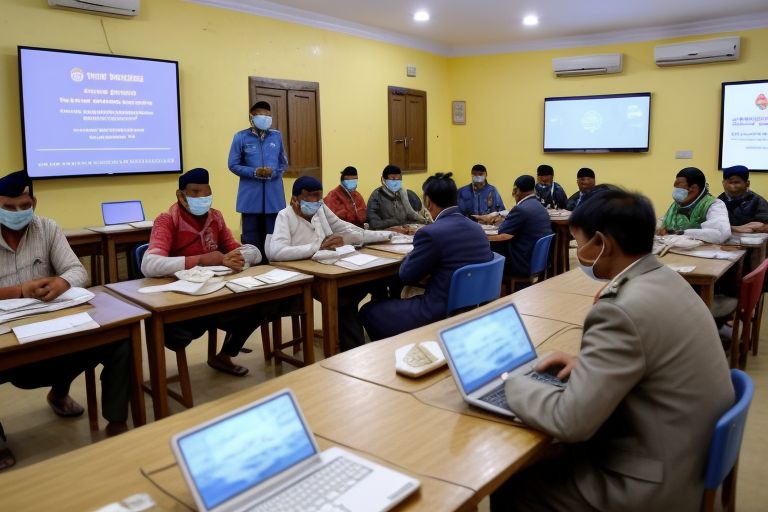In particular, to solve the problem of ‘digital divide,’ which the Nepalese government would mean as the inability of rural populations throughout the country to get necessary amounts of energy for further development, the government has put forward a highly developed plan of digital literacy for the country’s villages. The program revealed today by Ministry of Communications and Information Technology aims to offer at least fundamental computer and internet literacy to half a million-plus people in nascent regions within the next two years.
The new project called ‘Digital Nepal for All’ will setup community information technology centers in each of the 753 Local Governance Structures in Nepal. These centres will also include computers, internets, and methods to teach the participants a basic computer course that would include domains such as browsing the Internet and sending emails as well as basic operation of an office suite.
Nowadays, people rely heavily on technology in every aspect, said Minister for Communications and Information Technology, Gokul Prasad Baskota. Every Nepali citizen must be able to at least learn basic computer knowledge to enable them join the digital economy world and engage in services provided online, Baskota said during the launching program of the TVET in the capital city of Nepal, Kathmandu.
The idea was developed due to increased awareness of the digital divide between the countryside and cities as for access, availability, and proficiency. A literature survey at the present has revealed that the use of internet and related services has gone up in the Urban areas of Nepal but the rural areas still appear to be left behind because of poor physical infrastructure and scarcity of training.
In response these barriers, the government has worked hand in hand with various international organizations and local non-governmental organizations to undertake the program. The World Bank has promised $50 million in funding and Microsoft and Google have promised software and educational applications.
Women, youths and other vulnerable persons will be specially targeted with at least 60% of the beneficiaries or participants being women. Furthermore, to provide access to digital empowerments to persons with disabilities, new special modules for them would be designed.
Local leaders have praised the initiative bearing in mind that it may bring development to the rural regions. Rama Thapa, the mayor of a municipality located in the developing Karnali Province said the same. Speaking on this, Thapa said: ‘This will create a new income generating avenue for our youths and make local economy regain strong links with the global digital market.’
However, such ambitious program has its own challenges as explained next. Skepticism is directed to nepals chronic power outages and limited exployment of internet in the villages. To these end, the government has plan to booster up its rural electrification program and partner with telecom operators to enhance internet services in the rural areas.
Once implemented, the development of the program will be followed keenly by national and international actors. The results achieved in Nepal could therefore be used to illustrate the chances of other developing countries with similar digital gulfs. In the present world where we mostly depend on digital technologies, programmes such as ‘Digital Nepal for All’ may help in the enhancement of development that plays role in creating equitable access to the opportunities offered by the process of digitalization”.


